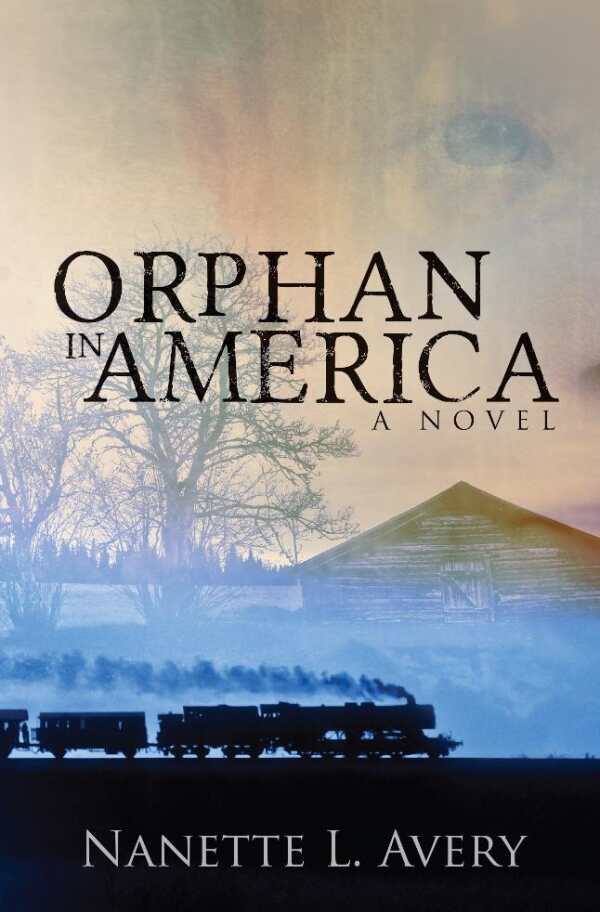Orphan in America
This is storytelling at its best, a deeply engrossing tale about an unforgettable collection of original characters.
An Antebellum-era American immigrant family endures separation, grief, and unrelenting toil and misfortune in Orphan in America, Nanette L. Avery’s richly woven, circular tale about intertwined connections and circumstance.
When Alex is about five years old, he is removed by child welfare agents from the squalid New York City tenement he shares with his father and dying mother and is put on an orphan train to Missouri. There, he is adopted by a strict though compassionate farm couple, goes to school, and learns to work the land. As Alex matures into early adolescence, alternating chapters reach back in time to tell the story of how his young, newlywed English parents arrive in America. They learn the hard way to discern between newfound friends and foes: they see their hopes for a prosperous future dashed and end up in the slums of New York.
As the question of whether Alex and his father will reunite remains elusive, other characters, including three generations of their family, as well as Alex’s adoptive family, loyal friends, and hated enemies, all lend great additional drama.
Orphan in America is historical fiction at its researched best, with meticulous attention paid to the placement of small details, like the furnishings and workings of a nineteenth-century farmhouse and barn, the nature of discipline in a one-room country schoolhouse, and the chaos of an immigrant ship’s docking. Descriptions of the natural world are equally impressive, as with the mighty rushing of a river at its springtime high, the soft velvet of a beloved horse’s nose and its crunching of a sugar cube on a frigid winter night, and the wistful, high clouds on an aimless summer afternoon.
The characters’ interior worlds are also expertly rendered. Avery zeros in on moments that carry both emotional depth and weight: the simple beauty of a forbidden, midnight wedding; the horrific violence, seen through the eyes a sensitive child, in the gun death of a small animal; the inky blackness of an unlit, winding stairway that leads to a boarding house room stinking of “mold and tainted air.” Small items—an heirloom signet ring and a hand-stitched baby blanket—play central roles. Each and every scene is an exquisitely painted picture.
Throughout, the author asks: does fate set us in certain locations, at specific moments in time, with a preordained purpose? Or are life’s twists and turns—and our interactions with others—purely random circumstance?
The story often, and awkwardly, shifts between past and present tense. This sometimes happens as closely as in juxtaposing paragraphs, for no obvious purpose, and then inexplicably changes back. Orphan in America shines despite that imperfection, with intricately layered places and situations, and characters that carve out a deep place in the heart.
Reviewed by
Karyn Saemann
Disclosure: This article is not an endorsement, but a review. The publisher of this book provided free copies of the book and paid a small fee to have their book reviewed by a professional reviewer. Foreword Reviews and Clarion Reviews make no guarantee that the publisher will receive a positive review. Foreword Magazine, Inc. is disclosing this in accordance with the Federal Trade Commission’s 16 CFR, Part 255.

